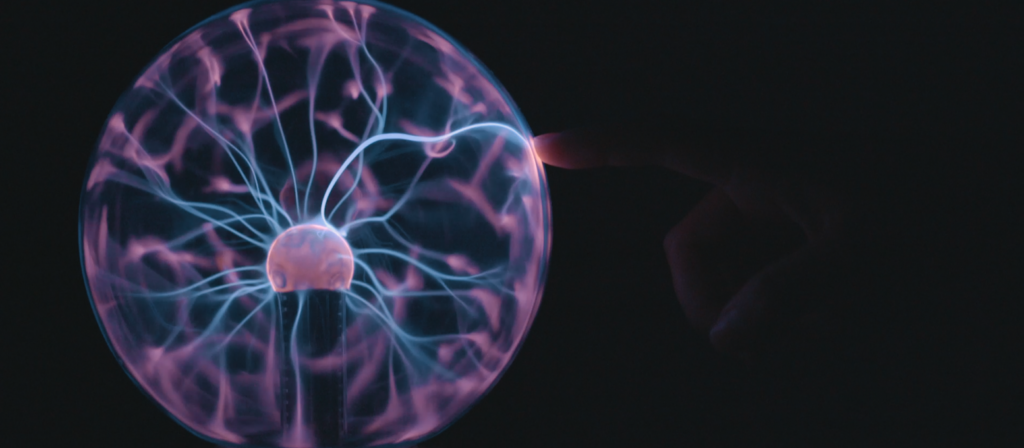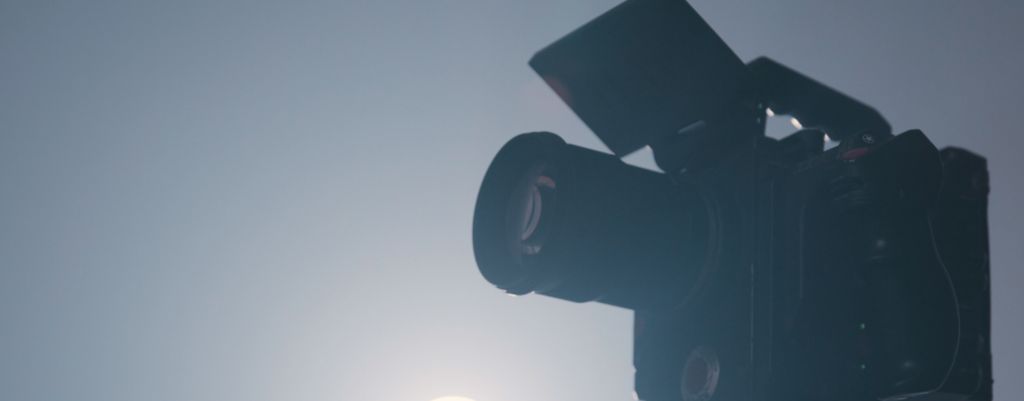
Filmpac Footage Contributor Program
Want to make money selling footage through a major stock footage platform like Filmpac? This page will walk you through the processs.
Continue ReadingBy Kevin Graham
Most filmmakers have seen or used equipment on set that requires 48 volts of phantom power. But what does this term actually mean?
Phantom Power is the term given to the act of delivering direct electrical current to a piece of equipment, usually a microphone, that has active circuitry that requires electricity.
Condenser microphones have active circuits that need an outside power source, while dynamic mics have passive circuitry and don’t need phantom power. This is because of the way condenser mics turn analog signals into electrical currents; their output is high impedance (the amount of AC resistance), and therefore it needs a powered circuit to attenuate that impedance to a normalized level.

Phantom power got its name from the fact that it was the first powering standard created for condenser mics that could be delivered via the audio cable itself, and therefore did not require the large, visible external power supply that had previously been needed. This “invisible” new power standard was named Phantom Power.
In simpler terms, it is power that is transferred from one piece of equipment (a camera, for example) to another (a microphone).

The standard voltage can vary from 11V to 52V, but most microphones run on 48V, and this is why many cameras and field mixers have the ability to send 48V of phantom power to a microphone via an XLR cable. The most common type of microphone that needs this power is the condenser microphone, which requires outside power to operate.
The great thing about phantom power is that it will not damage any equipment that doesn’t need it (such as a dynamic mic or a condenser mic with an internal battery), even if it is accidentally left on and being sent to that equipment. However, it is always recommended that the 48V is turned off when plugging a new microphone into the device, to avoid “hot swapping”. But other than that, it is completely safe for almost any gear, although you should always check the manual or manufacturer specs before connecting a new mic.
Most shotgun and wireless lav mics you’ll see on set are condenser mics, making 48V of phantom power one of the most important power sources you’ll ever need!
However, if you are using a microphone that needs phantom power, and you do not enable it from your camera or mixer, the microphone will not work.

At the end of the day, phantom power is extremely stable and convenient. The fact that it can be transmitted through balanced XLR cables (the ones that are also transmitting audio) means that there is one less cable and connection needed on your setup, and you can power your microphone cleanly and efficiently.
Kevin is the Music Director and Lead Composer at Filmpac.

Want to make money selling footage through a major stock footage platform like Filmpac? This page will walk you through the processs.
Continue Reading
By far, the two most common frame rates in modern American video editing and production are 24fps and 29.97fps. Here's the difference.
Continue Reading
There are 5 main types of camera movement. We break each of them down and show you how they can help you tell your stories better.
Continue Reading
If you’re a photographer or filmmaker, you’ve likely heard of The Rule Of Thirds. here's a guide on how to apply it and when to break it.
Continue Reading
Filmpac’s newly-designed Project Feature is a powerful tool for collaborative video editing. Here’s a quick rundown of how it works.
Continue Reading

One of the most difficult parts of being a professional filmmaker is effectively managing and budgeting your time.
Continue Reading
Want to make money selling footage through a major stock footage platform like Filmpac? This page will walk you through the processs.
Continue Reading